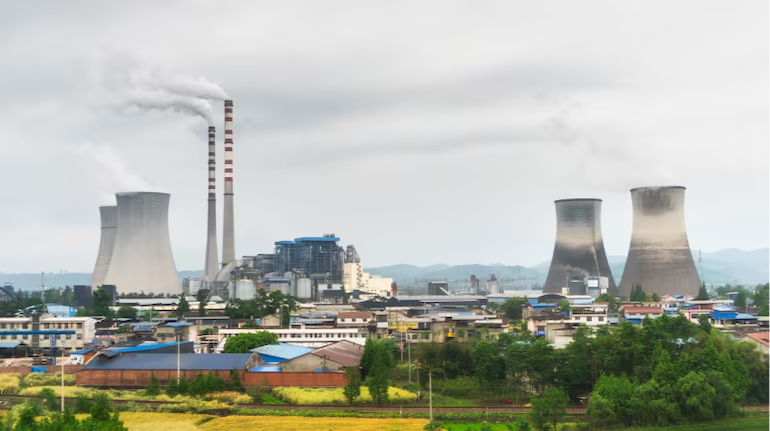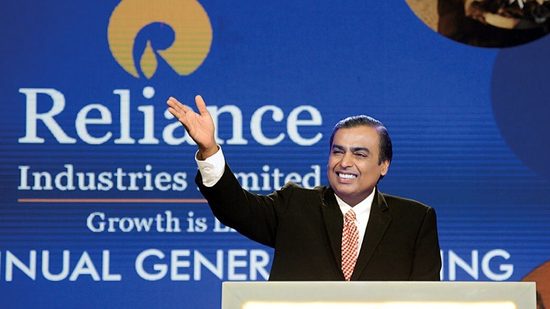
Introduction
In this article, we delve into India’s May WPI (Wholesale Price Index) inflation figures,. Which have reached a remarkable low of 3.48%. This data signifies a significant milestone. As it represents the lowest inflation rate the country has experienced in seven and a half years. We explore the factors contributing to this decline, analyze the potential and shed light on the future outlook for inflation in the nation.
Understanding WPI Inflation
WPI inflation is a key economic indicator that measures the change in the average prices of goods traded in bulk at the wholesale level. It provides insights into the cost of production for businesses and the potential price pressures that may filter down to consumers. By monitoring WPI inflation, policymakers and market participants can assess the state of the economy and make informed decisions.
Factors Driving the Decline in WPI Inflation
Several factors have contributed to the noteworthy decrease in India’s WPI inflation rate. Let’s explore them in detail:
- Sluggish Demand: The ongoing pandemic and its economic repercussions have led to subdued consumer demand. As businesses faced reduced sales, manufacturers and suppliers adjusted their prices accordingly, resulting in a decline in WPI inflation.
- Declining Fuel Prices: The cost of fuel, a significant component of the WPI basket, has witnessed a downward trend. Decreased global crude oil prices, coupled with measures to stabilize domestic fuel prices, have eased inflationary pressures in India.
- Moderate Food Inflation: Food items account for a substantial portion of the WPI basket. Over the past few months, India has witnessed relatively stable food prices, primarily due to favorable weather conditions and effective supply chain management.
Impact on the Indian Economy
The decline in WPI inflation holds various implications for the Indian economy:
- Improved Business Environment: Lower inflation rates create a favorable business environment, allowing companies to plan their production and pricing strategies with greater certainty. This stability encourages investment and fosters economic growth.
- Boost to Consumption: Reduced inflation positively impacts consumers’ purchasing power, as the prices of essential goods and services stabilize. This can lead to an increase in consumer spending, stimulating overall economic activity.
- Enhanced Export Competitiveness: With lower inflation, Indian exporters may gain a competitive advantage in international markets. Stable prices make Indian products more attractive to foreign buyers, leading to potential growth in exports and an improvement in the trade balance.
Future Outlook for Inflation
Analyzing the current economic landscape, it is crucial to consider the future outlook for inflation in India:
- Monetary Policy Measures: The Reserve Bank of India (RBI), the country’s central banking institution, plays a vital role in managing inflation. The RBI utilizes various monetary policy tools, such as interest rate adjustments and liquidity management, to control inflationary pressures and maintain price stability.
- Global Factors: India’s inflation trends can be influenced by global events, such as changes in crude oil prices, global trade dynamics, and geopolitical factors. Monitoring these external factors is essential to anticipate their impact on the domestic economy.
- Government Initiatives: The Indian government’s policies and initiatives aimed at promoting economic growth, such as infrastructure development, agriculture reforms, and ease of doing business, can have indirect effects on inflation. Monitoring these measures provides valuable insights into the future trajectory of inflation in the country.
Conclusion
India’s May WPI inflation of 3.48%, the lowest in seven and a half years, reflects a positive development for the nation’s economy. Factors such as sluggish demand, declining fuel prices, and moderate food inflation have contributed to this decline. The impact of lower inflation includes an improved business environment, increased consumer spending, and enhanced export competitiveness. Looking ahead, monitoring monetary policy measures, global factors, and government initiatives will be key to understanding the future trajectory of inflation in India.






